Overfunded U.S. Pension Plans means tech has never been more important
It is, therefore, hardly surprising that as funding levels continue to skyrocket, many pension plans are understandably taking a much closer look at their Liability Driven Investment (LDI) strategies and the de-risking options available. In fact, many corporate pension plans have already got some form of a de-risking strategy in place or are at the very least in the process of implementing one. But as plans continue to mull over the best possible de-risking strategies, how can asset-liability risk analytics data help implementing and optimal strategy that fulfils specific risk management objectives?
There is no doubt that technology can certainly be valuable to pension plans looking to transition from growth assets to more liability-matching assets such as corporate bonds, US treasuries and private illiquid credit assets. The challenge is that numerous pension funds have legacy technology systems that are simply not built for the more sophisticated strategies of today. Whether that’s managing de-risking glidepaths or some form of asset-liability modelling. With this legacy issue front of mind, what steps can pension plans take to ensure their existing systems become more efficient and effective?
Technology is available that can help pension plans understand where to deploy incremental assets most effectively into a portfolio to enhance asset-liability matching characteristics. However, this technology has to ensure that it is delivering information in real-time in order for fiduciaries to react more quickly in order to deploy the de-risking strategies. Technology can also assist when it comes to communicating useful information in very simplistic terms in order for pension committees and board members to be able to make decisions as quickly as possible. Reporting is also an important component of this entire framework of de-risking and any technology that is employed should be able to deliver and efficient platform from a reporting perspective.
As plan sponsors continue to deliberate over highly complex decisions around their portfolios – having real-time performance and monitoring information is no longer a nice to have, it is an imperative. The right technology can certainly help pension plans understand where the risks are. Crucially, these assets can then be deployed in a very efficient manner to address specific gaps – whether for a pension risk transfer solution or maintaining assets and liabilities on its own balance sheet. Our PFaroe Defined Benefits (DB) platform provides the monitoring asset & liability values and risk analysis on one screen, to ensure pension plans have the right information at the right time to make the best possible investment decisions.




